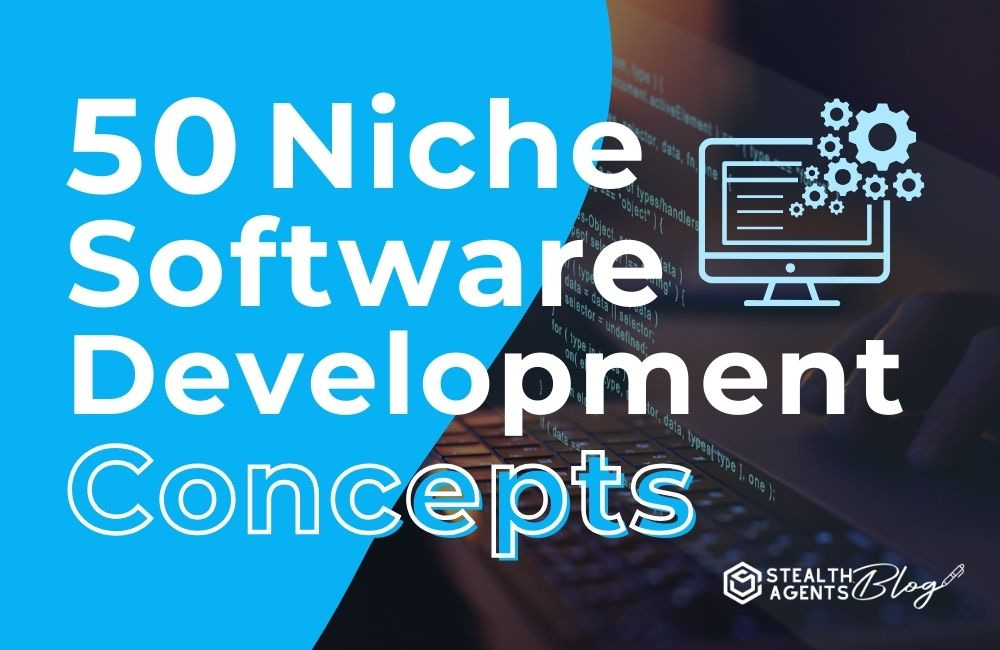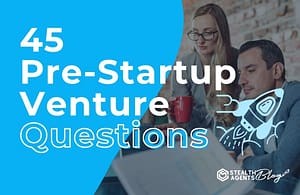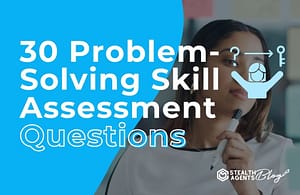50 Niche Software Development Concepts
Are you ready to dive into the wondrous world of software development beyond the usual suspects like Java and Python? It’s time to roll up our sleeves and explore 50 niche software development concepts that could transform not just your project, but perhaps even the industry itself.
Introduction
Software development isn’t just about churning out another app or solving the same old problems. If you’re after innovation, there’s a whole universe of niche software concepts that could be the next big thing—and we’re about to unearth them for you.
Overview of Software Development
Before we get into the nitty-gritty, let’s set the scene. Software development typically follows a lifecycle from conception to deployment and maintenance. However, it’s the tools, languages, and methodologies along the way that can create the magic. Development isn’t just about coding, it’s about finding better, faster, and smarter ways to turn bits and bytes into solutions.
List of Niche Software Development Concepts
Are you ready to level up your software development game? Here are 50 niche concepts that could broaden your horizons and invigorate your next project.
1. Progressive Web Apps (PWAs)
PWAs are web applications that load like regular web pages but provide the user with an experience similar to that of a native application. They include features such as the ability to work offline, push notifications, and device hardware access.
2. Single-Page Applications (SPAs)
An SPA is a web app or site that fits on a single web page with the goal to provide a more fluid user experience. This is achieved by redrawing the current page rather than a new page from the server.
3. Headless CMS
A headless CMS is a content management system that provides a way for users to manage content on any platform, without a predefined structure. It’s especially handy for feeding content to varied endpoints, such as websites, apps, and IoT.
4. Low-Code Development Platforms
Low-code development stands for creating applications through a visual interface with little to no coding involved. It’s a godsend for businesses looking to hasten the app development process without being overly reliant on their IT department.
5. No-Code Development Platforms
Even one step further than low-code is no-code development, which allows even non-technical users to build a program by choosing features from a menu.
6. Full-Stack Development with Node.js
Node.js’s full-stack abilities shine by empowering developers to handle both server-side and client-side development in JavaScript.
7. Cloud-Native Software Development
Cloud-native development encompasses building, deploying, and running applications that leverage cloud computing to do so. It’s all about leveraging the cloud’s scalability, resilience, and accessibility.
8. Serverless Computing
In the vein of cloud-native development, serverless computing enables developers to build and run applications without managing the infrastructure.
9. Cross-Platform Frameworks
These frameworks enable developers to build applications that can operate on more than one computing platform, effectively casting a wider net of potential users.
10. Model-View-Controller (MVC) Architecture
MVC is a software architectural pattern that separates representation, user interaction, and the model. This makes the application more modular, allowing for greater collaboration between developers.
11. Containerization
Containerization allows for the packaging of software code and all its dependencies so the application can run quickly and reliably from one computing environment to another.
12. Microservices
Microservices is an architectural style that structures an application as a collection of services that are highly maintainable, testable, loosely coupled, independently deployable, and organized around business capability.
13. API-First Development
API-first development is an approach to building software in which the API is created and documented before any development work is started.
14. Event-Driven Architecture
This architectural model promotes the production, detection, consumption of, and reaction to events, which is a scalable and flexible method for handling and reacting to user interactions and other system events.
15. DevOps
DevOps is the combination of cultural philosophies, practices, and tools that increases an organization’s ability to deliver applications and services at high velocity.
16. GitOps
GitOps is a set of practices around Kubernetes; developers are encouraged to use pull requests on a Git repository to manage application and infrastructure.
17. Infrastructure as Code (IaC)
IaC is a practice that involves managing and provisioning computer data centers through machine-readable definition files, rather than physical hardware configuration or interactive configuration tools.
18. Dark Launching
Dark launching is the concept of releasing a new project in the live environment, but without allowing any production traffic to it. It’s a way of testing without affecting the end-user experience.
19. Feature Toggling
Feature toggles allow you to turn individual features of your software on/off rapidly, for example, to conduct A/B testing.
20. Blue-Green Deployments
A blue-green deployment is a software release practice that reduces downtime and risk by running two identical production environments.
21. Canary Releases
This is a technique to reduce the risk of introducing a new software version in production by slowly rolling out the change to a small subset of users before it’s rolled out to the entire platform.
22. Distributed Systems Development
Distributed systems have components located on different networked computers, which makes them complex to design and develop but enables large-scale computing.
23. Blockchain Development
From cryptocurrencies to secure supply chains, blockchain has the potential to revolutionize various industries, and software development is key in realizing this technology’s potential.
24. Fat Client Development
This approach involves heavy client-side computation and minimal server-side computation. It can lead to snappier applications but at the cost of code complexity and performance tradeoffs.
25. Mobile Backend as a Service (MBaaS)
MBaaS offers a way for mobile app developers to link their applications to backend cloud storage and APIs exposed by back-end applications.
26. Continuous Integration (CI)
CI is the practice of merging all developers’ working copies to a shared mainline several times a day
27. Continuous Delivery (CD)
CD is a development practice that enables code changes to be automatically built, tested, and prepared for release to production.
28. Infrastructure Automation
Infrastructure automation eliminates the manual effort associated with delivering IT resources and applications by automating your infrastructure provisioning, management and lifecycle support.
29. Code Refactoring
Refactoring is the process of restructuring existing computer code without changing its external behavior. It’s a crucial step to keep software agile and maintainable.
30. Test-Driven Development (TDD)
TDD dictates that a developer first writes an automated test case that defines a desired improvement or new function, then produces the minimum amount of code to pass that test.
31. Behavior-Driven Development (BDD)
BDD extends TDD by writing human-readable descriptions of software’s behavior as tests against the software after a TDD test passes.
32. Progressive Software Architectures
Progressive architectures emphasize adaptable and modular designs that can evolve as technology changes.
33. API-Driven Development
This approach in programming means that the API is at the center of application design, effectively allowing multiple client types and server systems to interact.
34. Desktop as a Service (DaaS)
This cloud computing solution enables users to access their desktops remotely, which can be a game changer for efficiency and maintenance in certain work environments.
35. Conversational User Interfaces (CUI)
CUIs are interfaces that allow users to interact using chat or voice-based platforms—think of chatbots and virtual assistants.
36. Intelligent Applications
Intelligent applications are those that include features and technologies such as machine learning, artificial intelligence, predictive analytics, and more to provide a customized user experience.
37. Agile Software Development
Agile is a methodology that prioritizes iterative, incremental work, collaboration, and customer feedback.
38. OOP vs. Functional Programming
Object-Oriented Programming focuses on ‘objects’ operating on data, while Functional Programming takes a different approach with functions as first-class citizens.
39. Responsive Web Design
RWD is an approach to web design that makes web pages render well on a variety of devices and window or screen sizes.
40. User Experience (UX) Design
UX design is the process of creating products that provide meaningful and relevant experiences to users. It involves adjusting, editing, and improving elements that are responsible for the interaction with a product.
41. Server-Side Rendering (SSR)
SSR is the process of rendering web pages on a server rather than on the client’s browser.
42. Application Programming Interface (API) Design
Creating well-thought-out APIs is crucial for efficient usage and extension of software solutions.
43. Test Automation
Automated testing is the best strategy for testing software because it’s faster, more reliable, and less error-prone than testing manually.
44. Localization and Internationalization
Making software usable and culturally appropriate across different markets involves intricate coding and design considerations.
45. Scalable Vector Graphics (SVG)
SVG is an XML-based vector image format for two-dimensional graphics that has support for interactivity and animation.
46. Design Patterns
Design patterns are repeatable solutions to commonly occurring problems in software design.
47. Version Control and Collaboration
Tools like Git enable smooth collaboration and management of different versions of software.
48. Head-up Displays (HUD)
From fighter jets to automobiles, HUDs project data without requiring users to avert their eyes from their usual viewpoints.
49. Natural Language Processing (NLP)
By enabling machines to understand, interpret, and generate human language naturally, NLP is at the core of chatbots, voice commands, and more.
50. Quantum Computing and Software
Quantum computing could revolutionize software by offering the potential to solve complex problems and bring innovations to realms like cryptography and optimization.
Conclusion
Software development is a vast and ever-expanding field, with new niches being uncovered with every tech wave. Embracing these niches isn’t just about being trendy; it’s about staying ahead and thinking outside the binary box. So, pick a few concepts that intrigue you and dive deeper. You never know which will be the key to the software wonders of the future.






